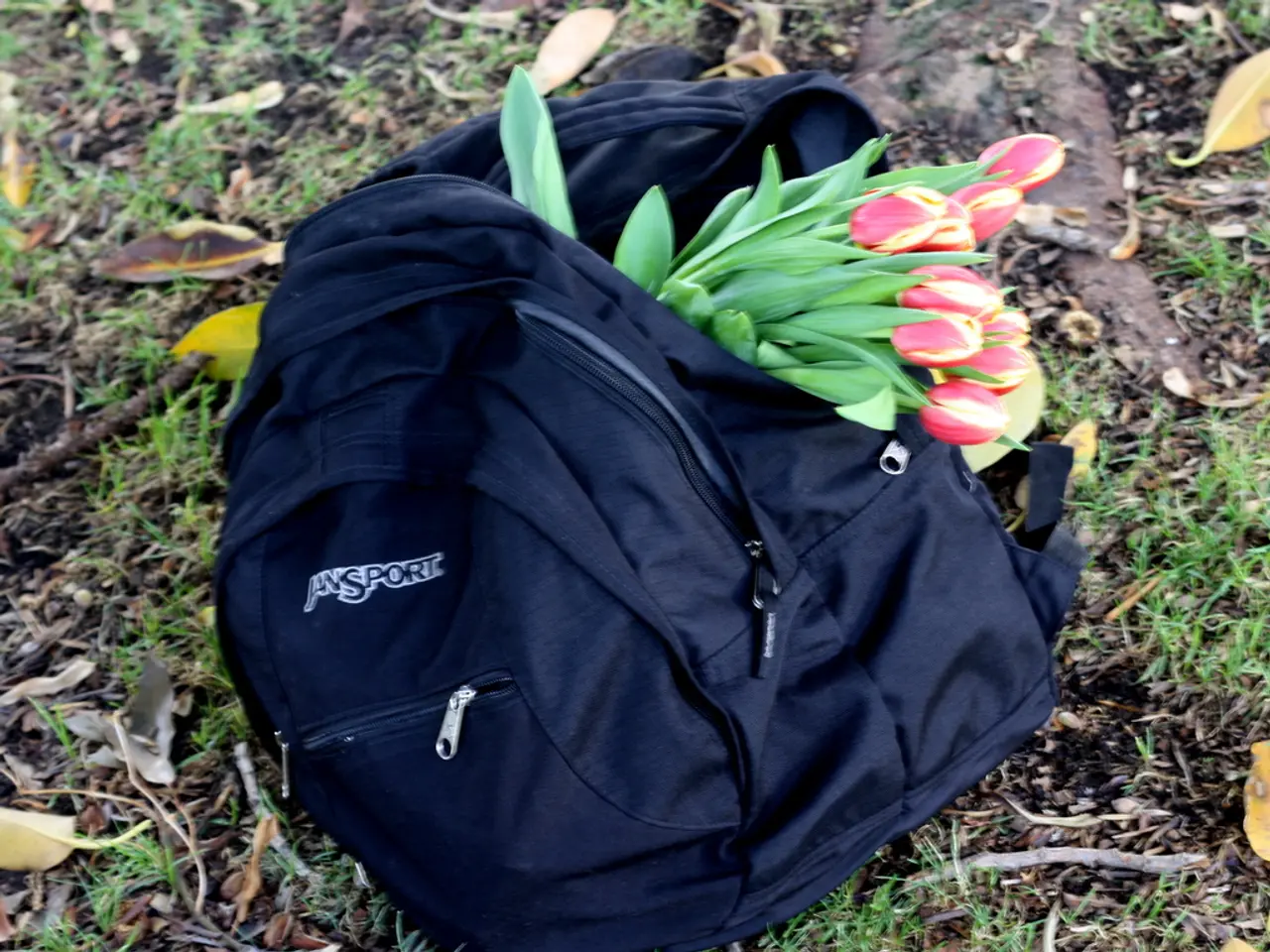The Superiority of Grow Bags over Regular Plastic Planters Explained
In the realm of gardening, fabric grow bags are making waves as an innovative and eco-friendly alternative to traditional plastic planters. Here's a breakdown of the key advantages that make fabric grow bags a standout choice for both seasoned gardeners and novices alike.
Improved Aeration and Drainage
Fabric grow bags, crafted from breathable material, allow air to circulate through the soil, enhancing root aeration and preventing waterlogging. This breathability also ensures excess water drains out easily, reducing the risk of overwatering and root rot, which are common issues with plastic pots that trap water inside [1][2][3].
Air Pruning of Roots
Unlike plastic containers, fabric grow bags enable air pruning, where roots naturally stop growing when they reach the air at the bag edges. This promotes a healthier root system with more fibrous roots instead of circling masses [1].
Temperature Regulation
The breathable fabric generates less heat than plastic during the summer, keeping the soil cooler and reducing heat stress on plants. Plastic pots tend to trap heat, which can harm roots in hot weather [1].
Lightweight and Portable
Fabric bags are lighter and easier to move or reposition than many plastic or terra cotta pots, making them ideal for patios, balconies, or container gardens that require mobility [1].
Space Efficient and Cost-Effective
They come in a range of sizes suitable for shallow-rooted plants and vegetables, often at a lower cost compared to ceramic or heavy plastic planters. After use, they can be folded and stored compactly [2].
Eco-Friendly
Many fabric grow bags are biodegradable or recyclable, offering a more environmentally friendly alternative to plastic pots, which are rarely biodegradable [1][2].
Versatility and Convenience
Some fabric grow bags come with side flaps for easier inspection or harvesting of plants. They also allow for easy transplanting of plants into larger soil beds since they can be cut or planted directly in the ground [2].
In conclusion, fabric grow bags provide superior root health, improved soil conditions, better temperature control, and environmental benefits compared to plastic planters, making them an excellent choice especially for vegetable gardening and portable gardening setups [1][2][3]. Whether you're a gardening enthusiast or just starting out, fabric grow bags offer a practical, eco-friendly, and versatile solution for your gardening needs.
[1] Gardening Know How. (n.d.). Fabric Grow Bags: Pros & Cons. Retrieved from https://www.gardeningknowhow.com/garden-how-to/containers/fabric-grow-bags.htm
[2] The Spruce. (2020, July 14). Fabric Plant Pots: What Are They and Should You Use Them? Retrieved from https://www.thespruce.com/what-are-fabric-plant-pots-1398737
[3] Mother Earth News. (2019, May 3). Growing Vegetables in Fabric Pots. Retrieved from https://www.motherearthnews.com/organic-gardening/fabric-pot-gardening-zbcz1904zgoe
Fabric grow bags, being versatile and convenient, come with side flaps for easy plant inspection or harvesting. Moreover, these eco-friendly alternatives to traditional plastic planters offer an excellent choice for lifestyle enthusiasts who are gardening in a home-and-garden setup, providing a practical solution that promotes a healthier root system and improves soil conditions.




